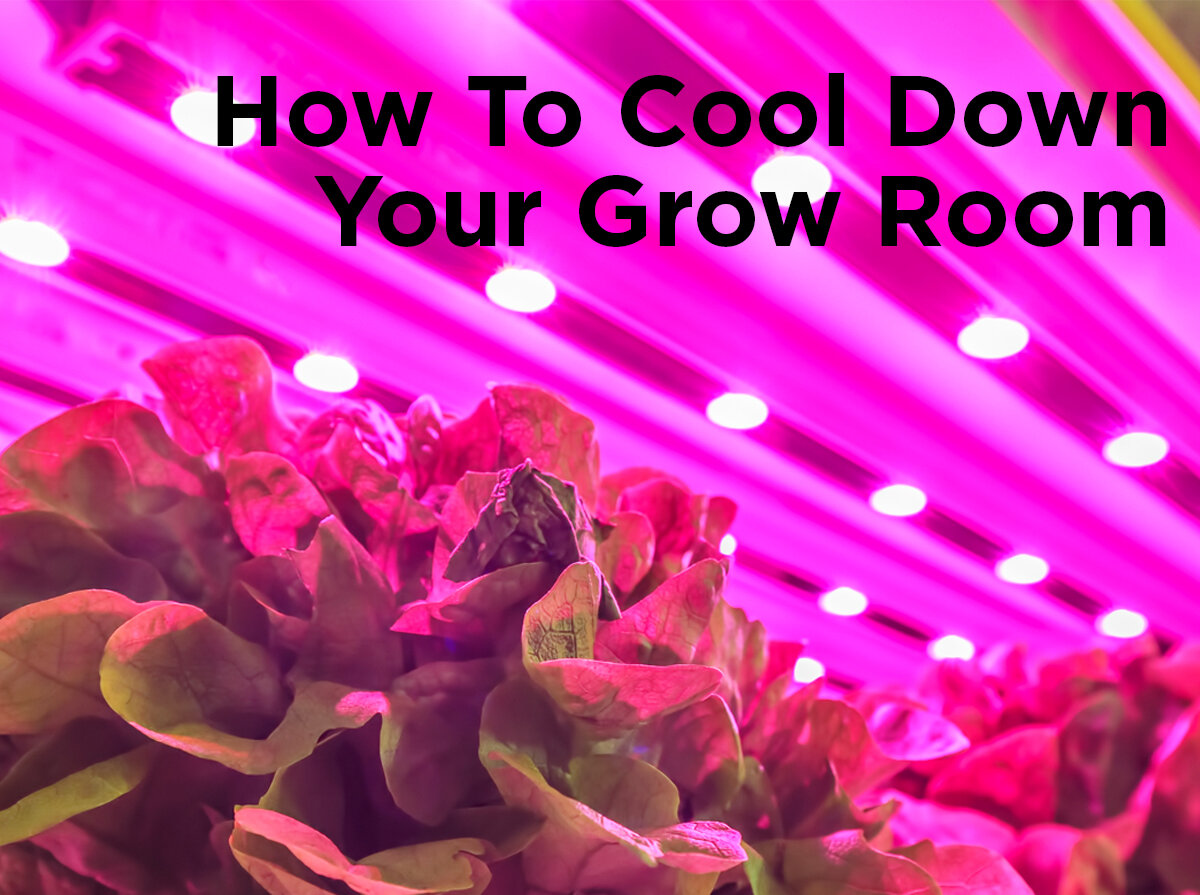The Benefits of Using CO2 with Hydroponics
Greenhouse gases are usually frowned upon in today’s society. But just being a greenhouse gas isn’t always a negative thing. After all, carbon dioxide (CO2) is a greenhouse gas and while too much CO2 is dangerous, the right amount in the right place can be a major boon to your crop. CO2 is used in photosynthesis, which is the process in plants where solar energy is converted into chemical energy and stored in various forms (like sugars) to fuel a plant’s metabolism. This process requires both water and CO2 with the end result being food and energy for the plant plus excess oxygen, which is released for us to breathe. The carbon from CO2 is used to build plant matter and increase the amount of carbon, a building block of life, in a plant’s system to strengthen that plant’s yield substantially (around a 30% stronger yield). Since CO2 is so useful, let’s take a look at what amounts are healthy for your plants and methods to add it to your grow.
Balance
Keep in mind that balance is important, 1300-1500 parts per million (PPM) gives the highest increase in grow yield. Too little CO2 (200 PPM or less) can halt growth or starve the plant. Too much CO2 (above 2000 PPM) can poison and kill your plants, not to mention the harm it can bring to you at higher levels. Typical atmospheric levels of CO2 are around 390 PPM – a safe level for plants and humans alike. We exhale roughly 400 PPM in CO2-, boosting the level temporarily. So, your plants really do like it when you talk to them.
Adding CO2
CO2 is generated naturally from undersea vents, volcanos, general respiration, and as part of the combustion processes. But unless you’re building your grow next to an active volcano (not a good idea) you need another way to add CO2 to your plants.
Dry Ice – This is one of the simplest methods. Suspending dry ice above your plants supplements CO2 as it thaws. Since CO2 is heavier than oxygen it usually falls to the floor quickly. This can also help cool the room if you’re having problems with overheating. However; it’s hard to regulate CO2 release with dry ice.
CO2 Canisters – Compressed CO2 can be bought in canisters and then released at your convenience. There’s more of an upfront cost this way, but you get very fine control over how much CO2 is in your grow, when it’s released, and how much is released.
Organic CO2 – Organic CO2 generators function opposite your plants. It’s a bag filled with a special fungus that breathes oxygen and expels CO2. Again, the amount of CO2 can’t be regulated, but it’s easy to install and won’t lower the room’s temperature.
Regulating the Environment
Be sure to monitor how much CO2 is in your grow. A decent CO2 monitor isn’t that difficult to install. If you want a little more control, you can use the CO2 monitor to control a CO2 tank for optimum CO2 supplement levels.
Proper ventilation is another factor to be concerned about. The more outside air you bring into the area surrounding your grow, the lower your CO2 PPM will be. If you use a ventilator to cool your lamps, be sure it’s part of a closed system. Though you don’t want outside air cycling into the room constantly; keep the air around the plants circulating regularly to keep a healthy mix of fresh CO2 around the plant’s leaves.
Supplementing your grow with CO2 can give them a boost for yield or improve your flowers. Just be sure to monitor their nutrients and the PPM level of CO2 in the room. In the end, it’s all about giving your plants more of what they need for the highest yield possible.
Let us know which method you use to add carbon dioxide to your plants in the comments. Or if you feel there’s a better method, let us know on Facebook, Twitter, LinkedIn, or Pinterest!








